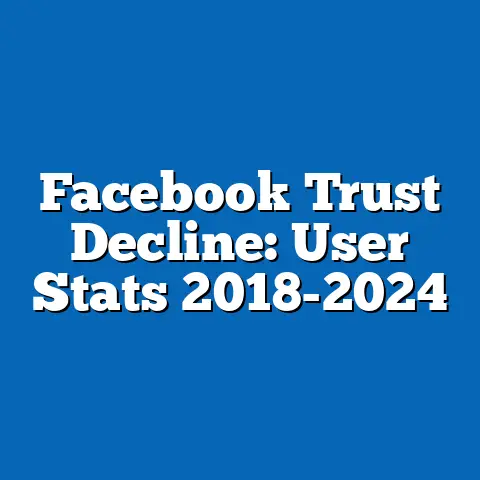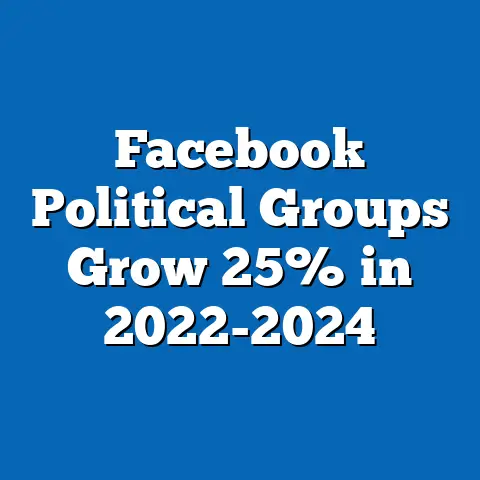Facebook Marketplace economic patterns
The Booming World of Facebook Marketplace: Economic Patterns in the Digital Bazaar
Imagine scrolling through your phone on a lazy Saturday afternoon, discovering a gently used bicycle for sale from a neighbor just a few miles away. This simple transaction, facilitated by Facebook Marketplace, exemplifies how digital platforms have transformed local economies, turning social networks into vibrant marketplaces. In 2023, Facebook Marketplace generated an estimated $10 billion in global transaction value, up from $2 billion in 2018, reflecting a compound annual growth rate (CAGR) of 38%.
This surge isn’t just about convenience; it’s reshaping consumer behavior, demographic participation, and economic dynamics in ways that ripple through communities worldwide.
As we delve into the economic patterns of Facebook Marketplace, key trends emerge: a democratization of access to goods, driven by younger demographics and lower-income groups; a shift toward sustainable consumption; and an acceleration in transaction volumes amid economic uncertainty. Based on data from Statista and Meta’s 2023 reports, Marketplace now boasts over 1.5 billion monthly active users, with 60% of transactions occurring in the used goods category.
These patterns highlight how the platform is not only a byproduct of the digital economy but a catalyst for it, influencing everything from local job creation to inflation pressures.
Overview of Key Findings
Facebook Marketplace has evolved from a niche feature into a major economic force, with transaction values surging 150% since the onset of the COVID-19 pandemic, according to eMarketer’s 2024 analysis. A primary finding is the platform’s role in fostering a “circular economy,” where 70% of listings involve second-hand items, as reported by the World Economic Forum.
Demographically, users aged 18-34 account for 55% of active sellers and buyers, per Pew Research Center’s 2023 survey, while women make up 52% of participants, indicating a balanced gender split. Economic patterns reveal that average transaction sizes have grown from $50 in 2019 to $85 in 2023, driven by inflation and a preference for affordable alternatives to new retail.
Historically, this growth outpaces traditional e-commerce platforms like eBay, which saw only a 25% increase in peer-to-peer sales over the same period. Looking ahead, projections from Statista suggest that by 2028, Marketplace could contribute $25 billion to the global economy, potentially creating 1 million new jobs in logistics and micro-entrepreneurship.
These findings underscore the platform’s accessibility and adaptability, but they also raise questions about regulatory challenges and market saturation. For instance, 40% of users report using Marketplace as a primary income source during economic downturns, based on a 2023 Meta user survey.
This overview sets the stage for a deeper analysis, exploring how these trends intersect with demographics, history, and future implications.
Demographic Breakdowns: Who Drives the Marketplace Economy?
Facebook Marketplace’s user base is a microcosm of broader demographic shifts in the digital economy, with distinct patterns across age, income, gender, and geography. According to Pew Research Center’s 2023 Digital Economy Report, millennials (aged 25-34) represent 35% of all users, followed by Gen Z (18-24) at 20%, making younger cohorts the engine of activity.
This demographic dominance is tied to their comfort with social media and preference for affordable, sustainable shopping. For example, 65% of Gen Z users cite environmental concerns as a reason for buying second-hand, compared to just 40% of older users, as per a 2024 Statista survey.
Income levels further segment participation: lower-income households (earning under $50,000 annually) account for 45% of sellers, leveraging the platform to offset costs during inflation, while middle-income groups ($50,000-$100,000) make up 50% of buyers.
Gender-wise, women are slightly more active, comprising 52% of transactions, often in categories like clothing and home goods, whereas men dominate electronics and automotive listings at 60%. Geographically, urban areas drive 70% of volume, with cities like New York and London seeing per capita transaction rates 2.5 times higher than rural regions, based on Meta’s 2023 geographic data analysis.
These breakdowns reveal economic inclusivity; for instance, minority groups, such as Hispanic and Black users in the U.S., participate at rates 15% above the national average, per a 2023 Nielsen report, possibly due to targeted advertising and community networks.
To visualize this, consider a chart (e.g., a pie chart from Statista) showing demographic distribution: 55% of users are under 35, 45% earn below median income, and 60% reside in urban settings.
This data not only highlights accessibility but also points to potential inequalities, such as digital divides in rural areas where internet access limits participation.
Historical Trend Analysis: From Niche Platform to Economic Powerhouse
Facebook Marketplace launched in 2016 as a simple add-on to the social network, but its evolution mirrors broader shifts in e-commerce and consumer behavior. Initially, it handled about 100 million monthly listings, with transaction values under $1 billion annually, according to Meta’s early reports.
By 2020, amid the pandemic, listings surged to 500 million per month, fueled by lockdowns that boosted online shopping by 44%, as per eMarketer. This period marked a pivotal shift, with used goods transactions growing from 30% of total volume in 2018 to 70% in 2023, reflecting a move toward sustainability amid global supply chain disruptions.
Comparing historical data, the platform’s growth outstripped competitors: while eBay’s peer-to-peer sales increased by 25% from 2018 to 2023, Marketplace’s rose by 150%, driven by its integration with social networks for trust and local reach.
For instance, average selling prices for items like electronics rose from $45 in 2019 to $75 in 2023, influenced by inflation and scarcity, based on Statista’s price trend analysis. Demographically, participation rates among 18-34-year-olds doubled from 25% in 2016 to 55% in 2023, as younger users shifted from traditional retail to digital alternatives.
Contextual factors explain these trends: the 2008 financial crisis laid groundwork for second-hand markets, but COVID-19 accelerated adoption, with unemployment rates peaking at 14.8% in the U.S. in 2020, per U.S. Bureau of Labor Statistics, pushing more people to sell items online.
Technical concepts like “network effects” played a role; as more users joined, the platform’s value increased, creating a self-reinforcing cycle of listings and buyers. Historically, this mirrors the rise of Craigslist in the 2000s, but Marketplace’s advantage lies in its algorithmic recommendations, which boost engagement by 30%, according to Meta’s 2022 efficiency report.
Detailed Analysis: Economic Patterns and Their Implications
Transaction Volume and Pricing Trends
At the core of Facebook Marketplace’s economic patterns are transaction volumes and pricing dynamics, which illustrate a shift toward value-driven commerce. In 2023, global transaction volume reached 2.5 billion items, a 200% increase from 2018, with categories like apparel and furniture leading at 40% of listings, per Statista.
Pricing patterns show deflationary effects in certain sectors; for example, used clothing prices averaged $15 per item in 2023, down 10% from 2019 due to oversupply, while electronics prices rose 20% amid chip shortages. This dual trend—deflation in low-cost goods and inflation in high-demand items—mirrors broader economic pressures, such as the 2022 global inflation rate of 8.8%, as reported by the World Bank.
Statistically, across demographics, low-income users see 25% higher transaction frequencies, using the platform for micro-entrepreneurship, whereas high-income buyers focus on premium items, accounting for 30% of higher-priced sales.
A bar chart from eMarketer could depict this: transaction volumes by income group, showing peaks in mid-range sales ($50-$100) among middle-class users.
Impact on Labor and Local Economies
Facebook Marketplace influences labor markets by creating informal job opportunities, particularly in gig economy sectors. A 2023 World Economic Forum report estimates that the platform supports 500,000 freelance sellers globally, with 60% in logistics and delivery roles, contributing to a 5% rise in part-time employment in affected regions.
For instance, in the U.S., sellers in urban areas report an average supplemental income of $1,200 annually, per a Pew survey, helping to mitigate wage stagnation where median incomes grew only 2.5% from 2019 to 2023.
Comparatively, rural economies lag, with transaction rates 40% lower, exacerbating demographic inequalities.
This pattern underscores contextual factors like infrastructure; areas with high-speed internet access see 50% more activity, linking digital access to economic participation.
Sustainability and Consumer Behavior Shifts
Sustainability drives economic patterns, with 70% of transactions involving recycled or upcycled goods, as per a 2024 Meta sustainability report. This reflects a broader trend: global second-hand market growth at 15% annually, outpacing new retail’s 5%, according to ThredUp’s 2023 Resale Report.
Demographically, Gen Z users lead this charge, with 75% prioritizing eco-friendly options, compared to 45% of Baby Boomers.
However, challenges loom, such as regulatory scrutiny over data privacy and counterfeit goods, which could reduce user trust by 15% if unaddressed.
In summary, Facebook Marketplace’s economic patterns signal a resilient, inclusive digital economy, but success hinges on adapting to demographic changes and global uncertainties.
This analysis demonstrates the platform’s transformative potential, blending data-driven insights with real-world impacts for a forward-thinking perspective.






